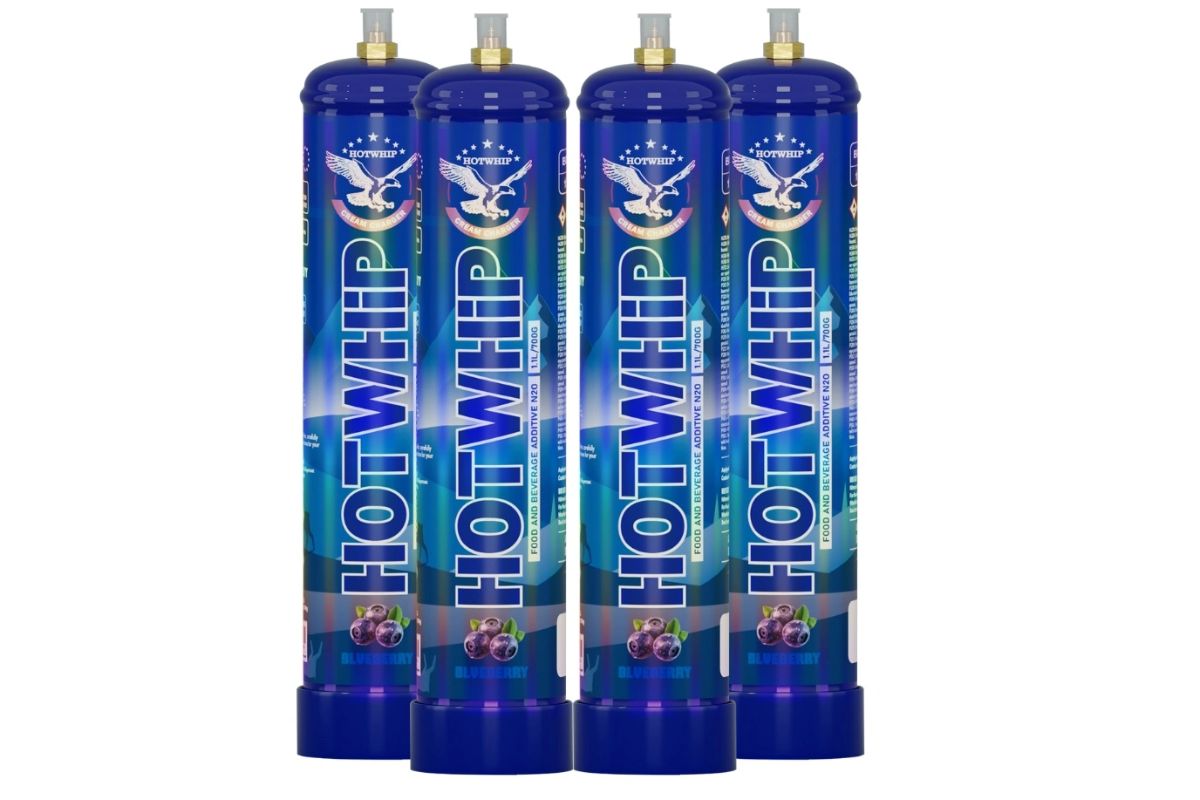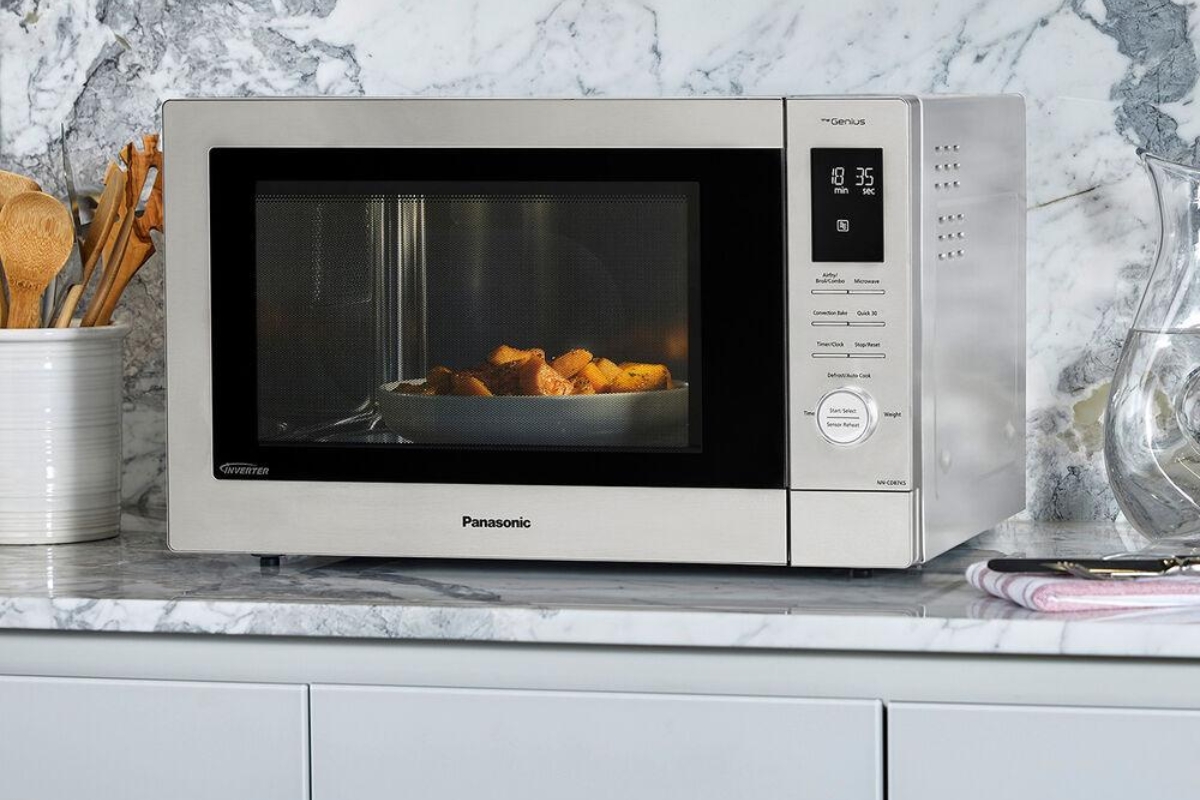Glassware can be tricky when it comes to dishwasher safety. Some glass bowls survive countless cycles, while others crack or turn cloudy after just a few washes. I learned this lesson the hard way when my favorite baking dish shattered after a single dishwasher cycle. I had assumed all glass was safe—turns out, that’s not true.
The dishwasher safe symbol on glassware makes a big difference. It shows whether your glass can handle the heat, pressure, and detergents used in dishwashers without getting damaged. Understanding this simple dishwasher safe symbol helps you protect your cookware, your meals, and your investment.
In this guide, I’ll show you exactly what the dishwasher safe symbol on glassware looks like, why it matters, and how to make sure you’re using your glass items the right way.
Table of Contents
ToggleWhat Does the Dishwasher Safe Symbol on Glassware Look Like?
The dishwasher safe symbol for glassware is designed to be simple and easy to recognize. Typically, it features an image of a dishwasher box with water droplets or spray lines above or inside it. Sometimes, you’ll also see dishes or glasses inside the box, confirming that it refers specifically to tableware or glassware.
On glass containers, you’ll often find the symbol:
- Stamped into the base
- Printed on a label
- Engraved or etched subtly onto the bottom of the dish or glass
I always flip new glassware over before buying it. Spotting the dishwasher safe symbol saves me from guessing whether it can survive a hot wash.
For higher-end glassware, the symbol might include additional details like maximum safe temperatures (for example, up to 400°F). These notes give you even more confidence that the item is built to handle both heat and pressure safely.

Variations You Might See on Different Types of Glassware
Not all dishwasher safe symbols look exactly the same. Depending on the manufacturer, you might notice small differences:
- Some brands use a more detailed dishwasher drawing with clear racks and water jets.
- Others keep it minimal, showing just waves or drops above a simple box.
Older glassware, especially vintage pieces, might not have any symbol at all. In those cases, I always check the brand’s official care instructions or choose to hand wash to be safe.
Recognizing these small design variations ensures you know what your glassware can handle before you risk damaging it.
Why Are Some Glass Items Dishwasher Safe While Others Are Not?
Not all glass is made the same. I used to believe any glass dish could go into the dishwasher—until one of my favorite glasses turned cloudy after a few washes. Learning the difference helped me save my other pieces.
The Role of Glass Type in Dishwasher Safety
The type of glass used makes a huge difference. Borosilicate glass is one of the most durable options. It can handle extreme temperature changes and high-pressure washing cycles without cracking or breaking. That’s why I always trust my borosilicate glass baking dishes in the dishwasher.
On the other hand, soda-lime glass, which is more common in drinking glasses and cheaper cookware, can be more sensitive. While it handles moderate heat well, repeated high-heat cycles or aggressive detergents may cause small fractures or cloudiness over time.
If you’re unsure what your glassware is made of, it’s safer to stick to hand washing unless the item clearly shows the dishwasher safe symbol.
Thickness, Coatings, and Decorative Elements
Besides the type of glass, the item’s thickness and surface finish matter too.
Thin glass, even if technically dishwasher safe, is more prone to thermal shock and cracks. That’s why I always put delicate wine glasses on the top rack or wash them by hand.
Glassware with decorative finishes—like gold rims, hand-painted patterns, or etched designs—needs special care. The dishwasher’s heat and strong detergents can cause decorations to fade, chip, or peel off.
Whenever I buy new glassware, especially for entertaining, I check:
- Is it thick enough to survive strong water jets?
- Does it have any delicate finishes?
- Is it explicitly marked dishwasher safe?
Answering these questions helps me decide whether it’s better to dishwash or hand wash.
How to Properly Care for Dishwasher Safe Glassware
Just because a glass item is marked dishwasher safe doesn’t mean you can toss it in without thought. After a few bad experiences, I learned a few habits that help keep my glassware sparkling.
Best Practices for Dishwashing Glass Items
Here’s what works for me:
- Place glassware on the top rack: The top rack is gentler and keeps delicate items away from the intense heat of the bottom heating element.
- Use a gentle or glassware setting: Many dishwashers have a cycle made specifically for glass. I always select that when cleaning my nicer glasses.
- Use mild detergents: Harsh detergents can cause etching or cloudiness. I prefer dishwasher pods labeled “gentle on glass.”
- Avoid heat-dry settings: I always let glassware air dry naturally. The heat-dry option can increase the risk of cracking over time.
These small steps help protect even my most delicate dishwasher-safe pieces.
Signs That Your Glassware Is Being Damaged
Over time, even dishwasher-safe glass can show signs of wear. Here’s what I watch for:
- Cloudy appearance that doesn’t go away after washing
- Tiny cracks or chips along the edges
- Scratches across the surface
If I spot any of these signs, I switch to hand washing the item, even if it’s technically labeled safe for the dishwasher. Taking these precautions helps me extend the life of my favorite glassware.
FAQs
What is the dishwasher safe symbol on glassware?
The dishwasher safe symbol on glassware typically shows a dishwasher box with plates and water droplets. Some symbols are stamped on the bottom of the glass or printed on the packaging.
How can I tell if my glass is dishwasher safe if there’s no symbol?
If there’s no dishwasher safe symbol, check the manufacturer’s care instructions. Without a label, it’s safest to hand wash delicate or vintage glassware.
Is all glassware safe to put in the dishwasher?
No, not all glassware is safe. Borosilicate glass is usually dishwasher safe, but soda-lime glass or decorated pieces may crack, fade, or become cloudy in the dishwasher.
Why does my dishwasher safe glass become cloudy over time?
Cloudiness can occur from hard water deposits or surface etching caused by harsh dishwasher detergents. Switching to mild detergents and using a glassware cycle can help prevent this.
Can decorated or hand-painted glassware go in the dishwasher?
No. Even if the base material is dishwasher safe, hand-painted or decorative finishes can chip, fade, or peel when exposed to dishwasher heat and detergents.
What is the best rack placement for dishwasher safe glass items?
Always place glassware on the top rack. The top rack offers gentler water pressure and lower heat, helping prevent cracking and chipping during the wash cycle.
When should I stop putting glassware in the dishwasher?
If you notice tiny cracks, chips, or persistent cloudiness, it’s best to switch to hand washing. These signs mean the glass is becoming more fragile and could break easily.






